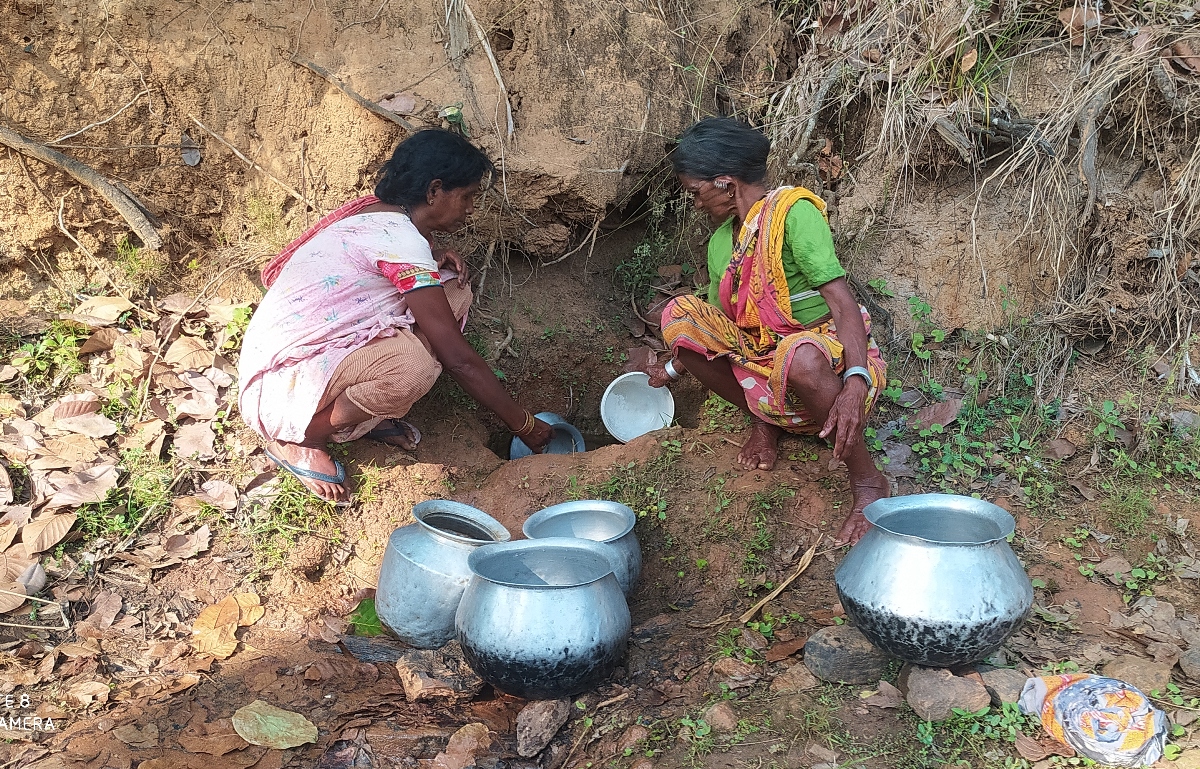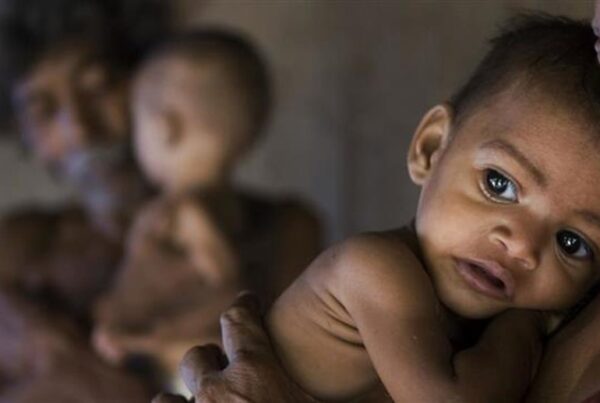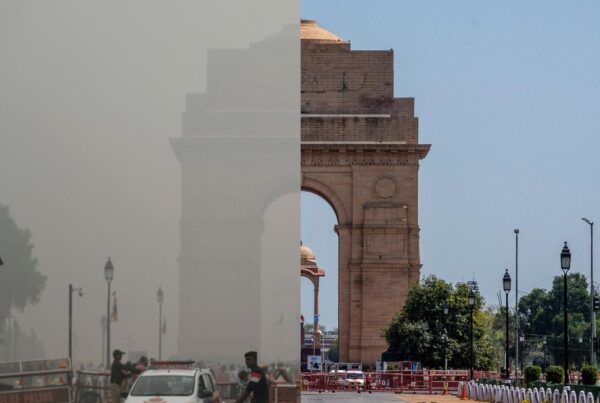In several riverside villages of Odisha, an alarming rise in kidney-related ailments has become a serious public health concern. Communities living along rivers like Mahanadi, Brahmani, Baitarani, and their tributaries are witnessing a growing number of patients suffering from chronic kidney diseases, often without any prior symptoms.
Experts and local health workers point to multiple factors behind this silent crisis. The contamination of river water with heavy metals, industrial effluents, and agricultural runoff is one of the primary concerns. Most villagers depend directly on river water for drinking, cooking, and irrigation. Prolonged consumption of polluted water is believed to damage kidney function over time.
Poverty and lack of access to safe drinking water worsen the situation. In many villages, piped water supply is either unavailable or irregular, forcing families to rely on untreated river water. Moreover, limited awareness about preventive health check-ups means that most patients are diagnosed at advanced stages of kidney disease.
Doctors say that the rising trend in kidney patients is not just a health issue but also a socio-economic challenge. Many affected are the sole earners of their families, and the cost of dialysis or transplantation is far beyond their means. This has led to mounting distress in rural households.
Public health activists have urged the state government to prioritize clean drinking water projects in riverside belts and set up more dialysis centres in district hospitals. Without urgent intervention, Odisha’s riverside villages may continue to battle an invisible epidemic that quietly drains both health and livelihood.




